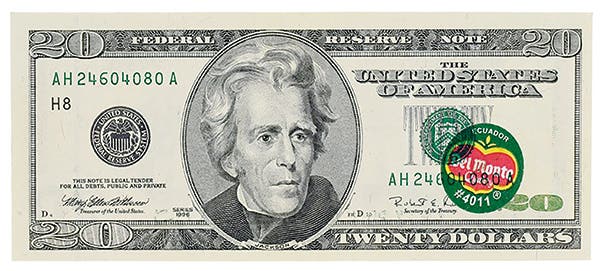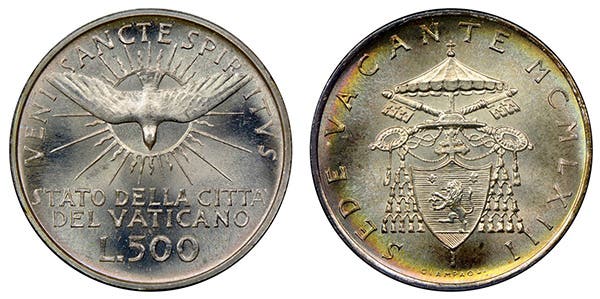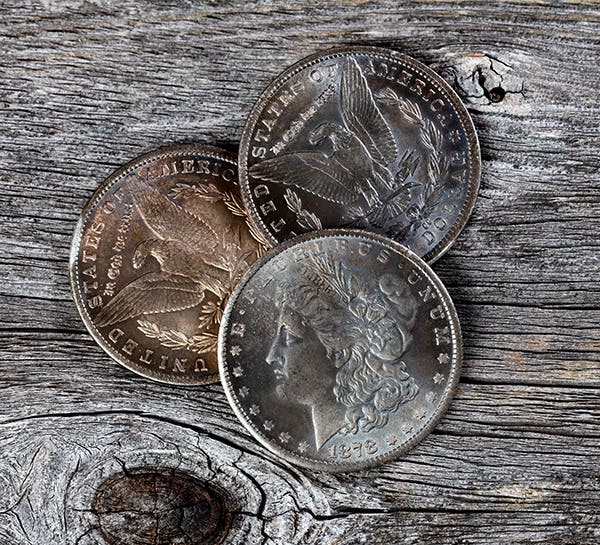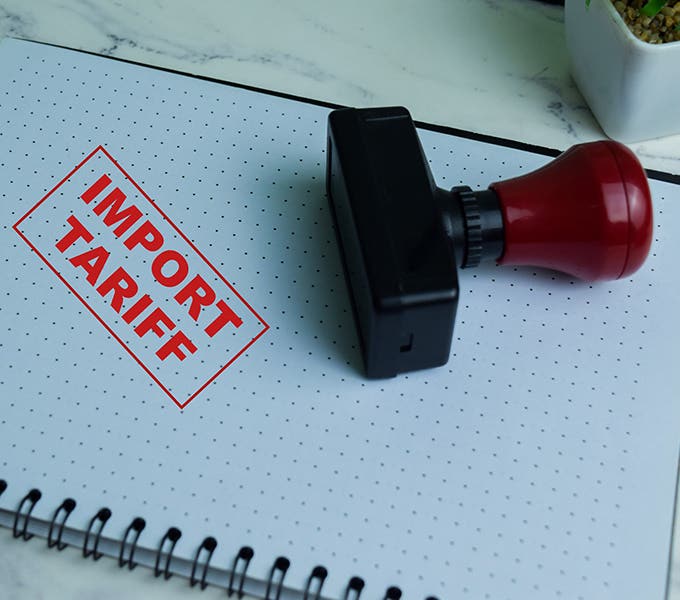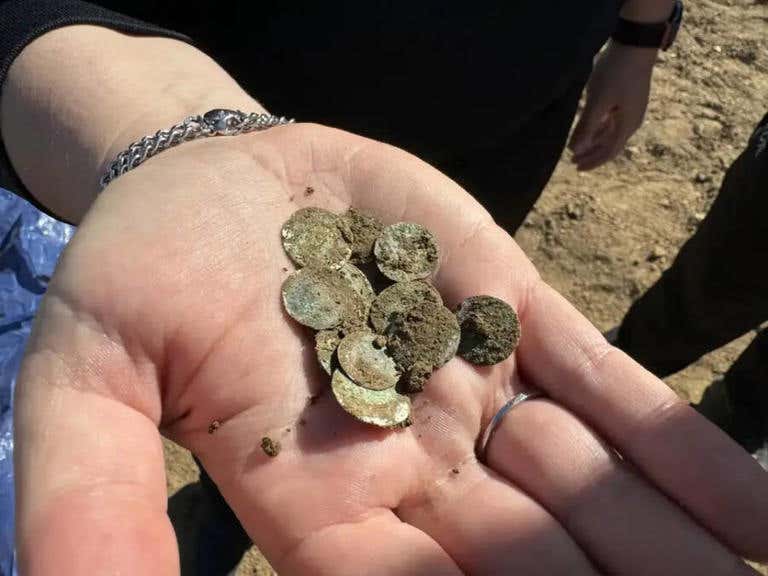Just three 1854-S gold half eagles known
Major rarities are not usually historic coins that were released into circulation. Because they are major rarities, you could argue that the 1894-S Barber dime or the 1913 Liberty Head nickel are historic but not in the usual sense. They basically create their own history by being so rare, but they are not the first coins of their design or the first coin from a new mint, making it a different sort of history.
Major rarities are not usually historic coins that were released into circulation. Because they are major rarities, you could argue that the 1894-S Barber dime or the 1913 Liberty Head nickel are historic but not in the usual sense. They basically create their own history by being so rare, but they are not the first coins of their design or the first coin from a new mint, making it a different sort of history.
Again, you could argue that maybe one 1894-S Barber dime was spent on ice cream or perhaps that some 1870-S Seated Liberty dollars show signs of circulation, but they too are the exception to the rule as neither of those coins or the 1804 dollar or the 1913 nickel or a number of others was ever intended to circulate.
There are a few major rarities that did circulate. The 1822 half eagle was in circulation and so was the 1853-O No Arrows half dollar. Also in that group is the 1854-S half eagle as well as the companion 1854-S quarter eagle. Both circulated and both are extremely important coins from a historical point of view.
It can certainly be suggested that the discovery of gold in California changed American numismatic history and probably also changed the history of the country. Now more than 150 years later it is probably hard to imagine the impact of that gold discovery at the time.
Prior to finding the gold, California was a sort of sleepy place far away from everyone. Every so often a ship would show up at the port of San Francisco and that would give everyone something to do for a day or two, but after that things would return to normal. The gold, however, changed “normal” forever.
In a short period of time, sleepy California was booming. The port of San Francisco was jammed, and with more people arriving every day to seek their fortune, things had to change. Coins were in desperate need as the old ways of trading animal skins or whatever would not do. Of course, the United States was in no real rush to start investing in California. The proposal for a mint dragged on while private mints based on the model of those that had popped up in the South when gold was discovered there began to operate. Something had to be done with all that gold.
When a mint was finally ready to begin producing coins, it was already 1854. Frontier mints had historically been seen as second class operations, and that was certainly no different in San Francisco. The facility was little more than a shed that had been used previously as a private mint. It was cramped. The place smelled of acid fumes and the sound from the machines was so loud that it was difficult to hold a conversation. From the day it opened, officials were asking for a new facility. That was going nowhere fast.
With limited capabilities and an economy built on gold, it is no surprise that the first priority was gold coins, and the bigger the better. In 1854 San Francisco turned out 123,826 gold eagles as well as 141,468 double eagles. In addition, there were 14,632 gold dollars as well as a mere 246 quarter eagles and 268 half eagles.
In the midst of the fortune seekers, dance hall owners and other assorted representatives of humanity who were part of the San Francisco scene at the time, there were apparently no coin collectors. A few of the new coins might have been saved, but today the bulk of our early Mint State San Francisco gold coins come from shipwrecks and not long established collections.
With its 268 mintage, there was no chance that the 1854-S half eagle would survive in any numbers. Today we know of just three examples. One is in the Smithsonian, another was theoretically in the Norweb Collection but did not appear in the 1987 sale, and the third is the ex-F.C.C. Boyd coin that was in the 1982 Eliasberg sale, where it realized $170,000. That coin was graded AU-55 and is almost certainly the best of the three.
That makes the 1854-S tougher than the 1913 nickel or 1804 dollar or 1894-S or any number of others – and more historical as well.
More Coin Collecting Resources:
• Subscribe to our Coin Price Guide, buy Coin Books & Coin Folders and join the NumisMaster VIP Program



